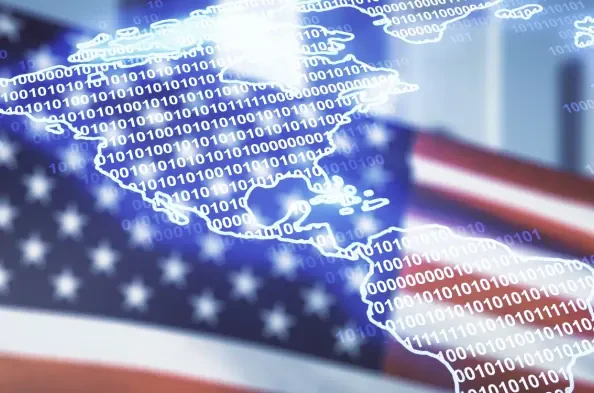The recent shift in cybersecurity policies introduced by President Trump’s administration marks a profound change in how businesses and government entities approach digital security. This policy change brings with it an intriguing blend of opportunities and challenges, raising questions about the future trajectory of cybersecurity as a domain and a market. With Trump’s key policy alterations, the focus moves from stringent regulations to promoting industry-driven innovation—an approach that could significantly redefine market dynamics.
Understanding Cybersecurity’s Transformative Path
Cybersecurity is witnessing a dynamic transformation as policies ushered in by Trump’s administration reorient priorities within the industry. For years, comprehensive regulations were perceived as paramount, aiming to bolster system resilience and protect against emerging threats. Now, as Trump scales back regulatory burdens, market participants must recalibrate their strategies to align with this shift, focusing more on leveraging technological advancements and industry prowess to safeguard against cyber threats.
Market Trends: A Closer Examination
Easing Regulation and Implications for Growth
President Trump’s decision to revisit and remove several regulations established under the prior administration has set a clear direction favoring market freedom over extensive oversight. By eliminating requirements such as secure software development attestations and mandatory compliance transparency, the administration intends to stimulate business growth by reducing the administrative load. This deregulation could potentially catalyze innovation, providing industries with more latitude to explore advanced security technologies without the constraint of strict regulatory frameworks. However, this also introduces the necessity for enterprises to self-govern their security measures diligently.
Evolving Role of AI and Quantum Computing
Another notable aspect of the policy revision relates to altering priorities for AI and quantum computing as critical tools for cybersecurity. Under Trump, the role of these technologies shifts away from federally mandated research efforts to more industry-centric initiatives. This change signifies not only a deregulatory move but an encouragement for market forces and private innovation to lead advancements. While industries could witness a surge in innovative applications, the pressure remains on these sectors to ensure these technological solutions are robust against sophisticated threats that could emerge.
Global Dynamics and Technological Impact
Exploring the global impact of Trump’s cybersecurity strategy uncovers complexities in international competitive positioning. As U.S. policies diverge from international norms, industries must navigate this landscape, ensuring alignment not just domestically but globally as well. Moreover, as industries explore decentralized security systems and innovative cyber defense mechanisms, these shifts underscore the potential emergence of alternative cybersecurity strategies that could gain prominence independent of regulatory dictates.
Projections and Strategic Insights
Market projections suggest a trend toward increased collaboration between private enterprises and government bodies, driven by a need for cohesive security strategies in a deregulated environment. As cybersecurity threats evolve, businesses are expected to form partnerships that leverage both expertise and technological capabilities. The reduced regulatory overhead might spur advancements in decentralized systems and novel security methodologies. However, vigilance is paramount; industry players must anticipate the risks posed by cybersecurity threats evolving alongside technological and economic developments.
Charting a Forward Course
Reflecting on Trump’s policy changes, a thoughtful approach to navigating the evolving cybersecurity landscape is necessary. Organizations must consider adopting agile security practices that balance innovation with risk management. Investment in internal cybersecurity infrastructures and fostering public-private collaborations could fortify defenses against looming threats. Lessons drawn from these policy shifts underscore the importance of adaptability—recognizing and leveraging change as a catalyst for growth, aligning business objectives with broader cybersecurity imperatives remains essential.
As stakeholders ponder these developments, focus should be directed toward identifying actionable strategies to foster resilient, adaptive cybersecurity frameworks. This transformation is less about deregulation alone and more about reimagining opportunities within a flexible regulatory environment, paving pathways for sustainable, innovative security solutions in the digital age.






